Predecessor Ojin Died February 7, 399 AD Name Emperor Nintoku | House Yamato dynasty Successor Richu Parents Emperor Ojin | |
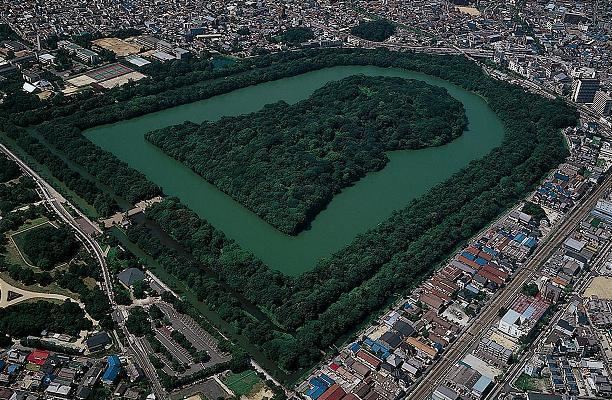 | ||
Reign 313 – 399 (traditional) Spouse Princess IwaHimuka no KaminagahimeYatanohimemikoKurohime Buried Sakai, Osaka Prefecture, Japan Children Emperor Richu, Emperor Ingyo, Emperor Hanzei Grandchildren Emperor Yuryaku, Emperor Anko, Prince Kinashi no Karu Similar People Emperor Ojin, Princess Iwa, Emperor Yuryaku, Empress Jingu, Emperor Jimmu | ||
Making the tomb of the emperor nintoku wmv
Emperor Nintoku (仁徳天皇, Nintoku-tennō) was the 16th emperor of Japan, according to the traditional order of succession.
Contents
- Making the tomb of the emperor nintoku wmv
- 4k ride around tomb of emperor nintoku sakai osaka jp
- Legendary narrative
- Events of Nintokus life
- Consorts and children
- Nintokus tomb
- References

No firm dates can be assigned to this emperor's life or reign, but he is conventionally considered to have reigned from 313 to 399.
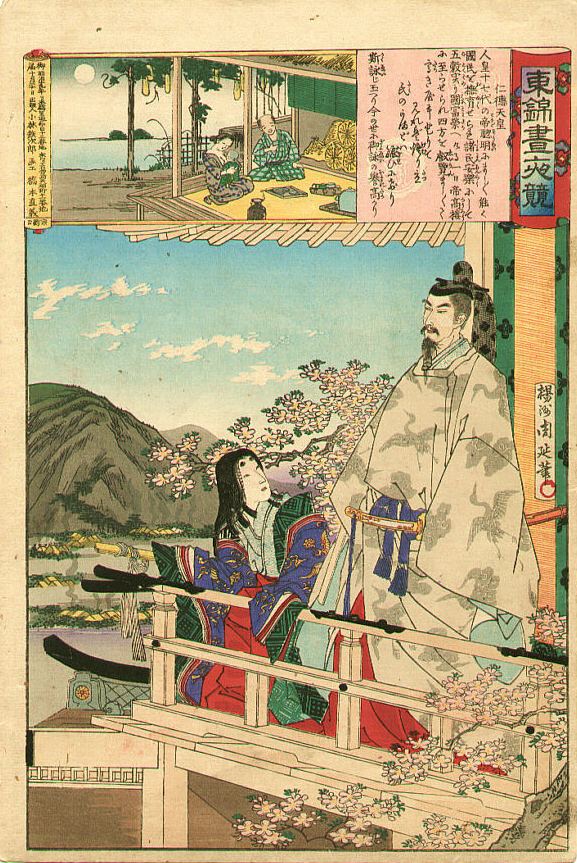
4k ride around tomb of emperor nintoku sakai osaka jp
Legendary narrative
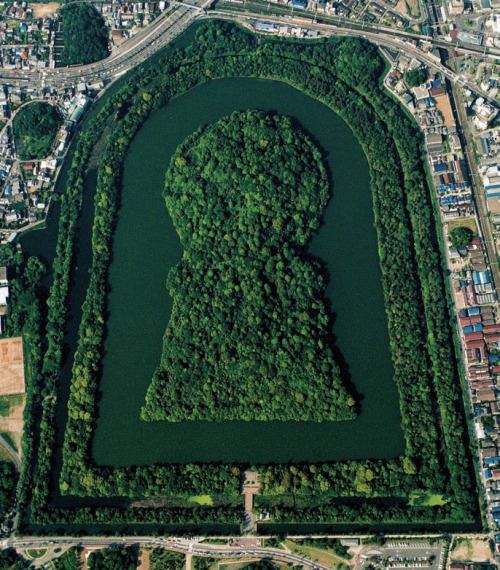
Nintoku is regarded by historians as a "legendary emperor" of the 5th century. The reign of Emperor Kinmei (A.D. c. 509 – 571), the 29th emperor, is the first for which contemporary historiography is able to assign verifiable dates; however, the conventionally accepted names and dates of the early emperors were not to be confirmed as "traditional" until the reign of Emperor Kanmu (737–806), the 50th sovereign of the Yamato dynasty.
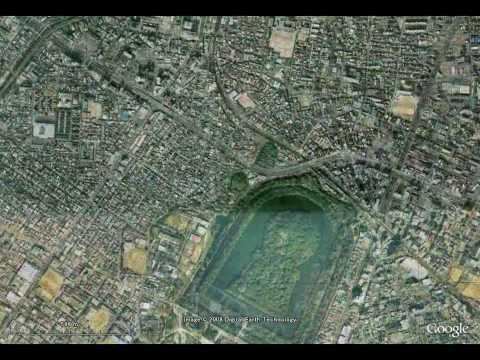
According to Nihon Shoki, he was the fourth son of Emperor Ōjin and his mother was Nakatsuhime no Mikoto, a great-granddaughter of Emperor Keikō. He was also the father of Emperors Richū, Hanzei, and Ingyō.
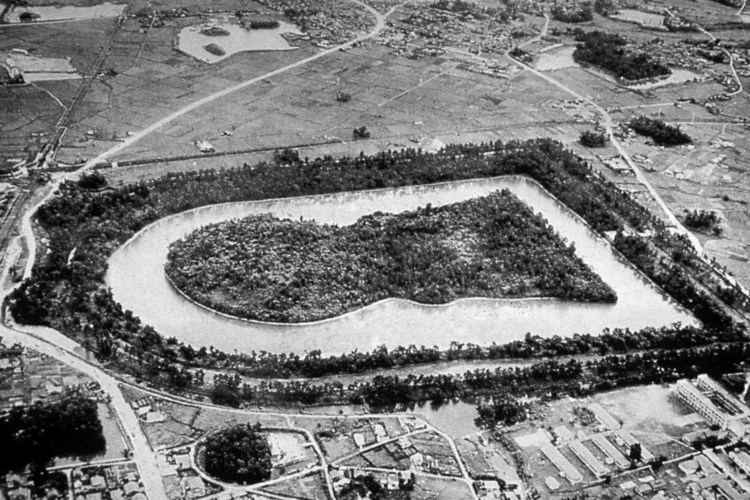
Nintoku's contemporary title would not have been tennō, as most historians believe this title was not introduced until the reigns of Emperor Tenmu and Empress Jitō. Rather, it was presumably Sumeramikoto or Amenoshita Shiroshimesu Ōkimi (治天下大王), meaning "the great king who rules all under heaven". Alternatively, Nintoku might have been referred to as (ヤマト大王/大君) or the "Great King of Yamato".
Events of Nintoku's life
Although the Nihon Shoki states that Nintoku ruled from 313 to 399, modern research suggests those dates are likely inaccurate.
The achievements of Nintoku's reign which are noted in Nihon Shoki include:
Consorts and children
Empress (first): Princess Iwa (磐之媛命), poet and daughter of Katsuragi no Sotsuhiko (葛城襲津彦)
Empress (second): Yatanohimemiko (八田皇女), daughter of Emperor Ōjin
Himuka no Kaminagahime (日向髪長媛), daughter of Morokata no Kimi Ushimoroi (諸県君牛諸井)
Uji no Wakiiratsume (宇遅之若郎女), daughter of Emperor Ōjin
Kurohime (黒日売), daughter of Kibi no Amabe no Atai (吉備海部直)
Nintoku's tomb
Daisen Kofun (the biggest tomb in Japan) in Sakai, Osaka, is considered to be his final resting place. The actual site of Nintoku's grave is not known.
The Nintoku-ryo tumulus is one of almost 50 tumuli collectively known as "Mozu Kofungun" clustered around the city, and covers the largest area of any tomb in the world. Built in the middle of the 5th century by an estimated 2,000 men working daily for almost 16 years, the Nintoku tumulus, at 486 meters long and with a mound 35 meters high, is twice as long as the base of the famous Great Pyramid of Pharaoh Khufu (Cheops) in Giza.
The Imperial tomb of Nintoku's consort, Iwa-no hime no Mikoto, is said to be located in Saki-cho, Nara City. Both kofun-type Imperial tombs are characterized by a keyhole-shaped island located within a wide, water-filled moat. Imperial tombs and mausolea are cultural properties; but they are guarded and administered by the Imperial Household Agency (IHA), which is the government department responsible for all matters relating to the Emperor and his family. According to the IHA, the tombs are more than a mere repository for historical artifacts; they are sacred religious sites. IHA construes each of the Imperial grave sites as sanctuaries for the spirits of the ancestors of the Imperial House.
Nintoku is traditionally venerated at a memorial Shinto shrine (misasagi) at Osaka. The Imperial Household Agency designates this location as his mausoleum. It is formally named Mozu no Mimihara no naka no misasagi.
